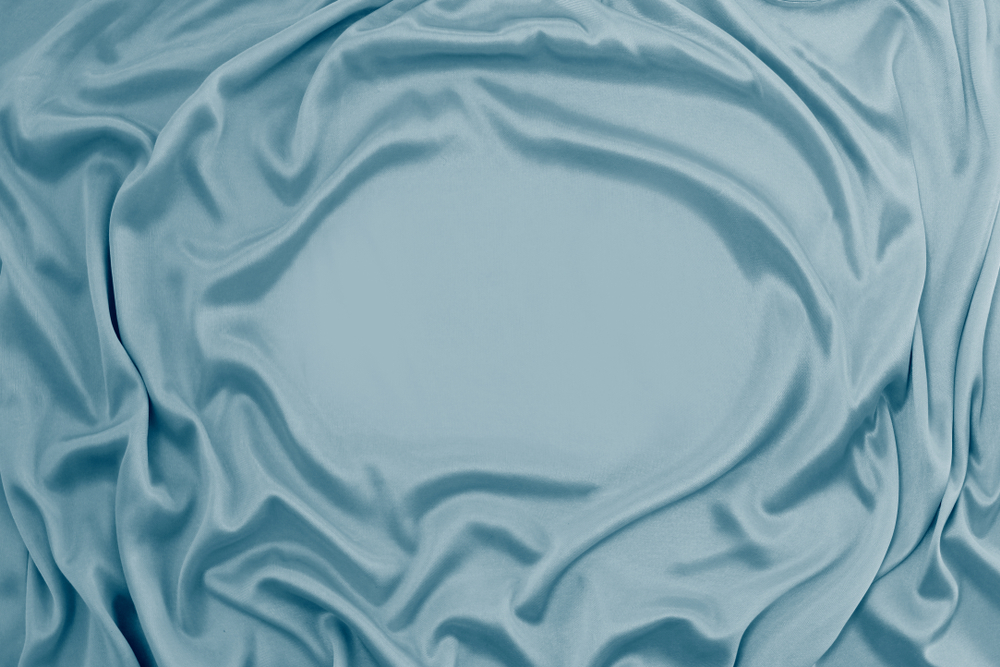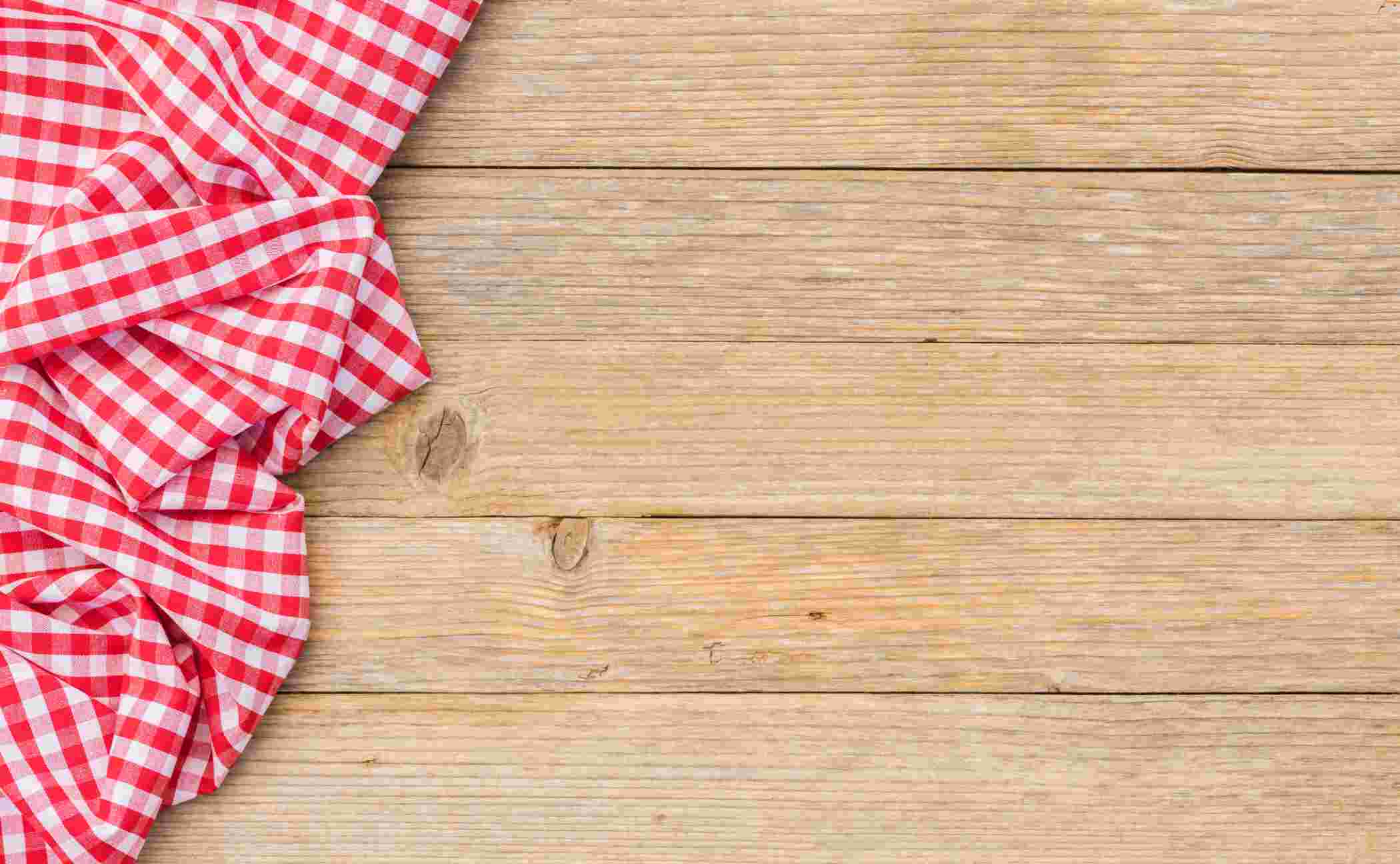The science of draping fabric while constructing garments



What Exactly Is Draping Fabric?
Draping fabric is one of the oldest methods, used to construct clothing designs, since the 18th century. This process includes spinning fabric, positioning and draping it on a dress form, to bring about the structure of the dress design. There are various dress forms available to attain the design requirement, using the draping technique. A dress or garment can be draped over a dress form using a sketch for support, and various kinds of fabric can be pinned to create unique designs in the designing process. The draping patterns are mostly curated using a muslin cloth, as it is lightweight and easy to drape with!
History Of Fabric Draping
The history of draping fabric can be found in many art works starting from the Roman to Indian cultures. Many cave paintings, wood carvings also represent women and men wearing stitched clothes featuring a wide range of draping styles.
Tools Required For Draping
Before starting with the draping techniques, let’s take a look at the various draping tools needed to measure, drape, draft and mark the garment design:
- ⅛ inch clear plastic measuring scale: this is a 2 inch white plastic roller, which is divided into 1 x8“ grids.
- AWL: this is a pointed metal instrument that is used for poking holes to install belt eyelets, or buttons.
- French curve roller: a unique curved roller that is used to measure and shape the curved ends of a garment like necklines, collars, hip curves, crotch seams and armholes.
- L Square: A plastic or metal roller that has two arms of two different lengths, to measure the height and width simultaneously.
- Iron: A dry iron or a steam iron, which can be used to block muslin or flatten and smoothen the garment.
- Muslin: A cost-effective fabric, which has a visible or transparent crotch grain, and is used as a base to drape garments.
- Pencils: A pencil is used to mark over the muslin and to gain the perfect pattern.
- Notcher: A tool used for punching, to mark the edge of a paper pattern or Sloper.
- Pin dispenser: A pin dispenser or pincushion, is a tool that keeps all the pins organised in a single place.
- Style tape: A woven tape which is narrow, that is used to define the drapes over the dress form.
- Scissors: a scissor which is 8 inches long, and made with steel for straight and easy cutting.
- Tailor chalk: A tiny piece of chalk which is half inch in size, that is used to mark alteration points or sewing points on the garment temporarily.
- Straight pins: A sharp pin, which is used to anchor the fabric or a muslin cloth over the dress form during draping.
- Yardstick: a metal or wooden ruler which is 1 yard or 36 inches in length, and is marked in metric terms. This is used to measure hemlines for laying pattern pieces.
- Tracing wheel: This is a spiked and sharp circular wheel with the handle, that is used to print markings from the drape onto a patterned paper.
The Art Of Fabric Draping
The art of draping fabric is created by aesthetically arranging the fabric over the dress form, maintaining the fabrics natural fall. There are many techniques used for gathering and plating the fabric to create a unique dramatic effect. There are many steps required to perfect fabric draping! Here is how it’s done:

Choose The Fabric
While choosing the fabric, it is ideal that it relates to the routine and lifestyle the garment is supposed to be used. There are many fabrics which are perfect for draping, like georgette, chiffon, sheer cotton, organza, lightweight silk or voile! The drape ability of the chosen fabric is very important to create an accurate garment, so choose lightweight to medium weight fabrics. For woven goods most of the draping is done by using muslin or cheap fabric, where the grains are visible. It is also ideal for the quality of the muslin to represents the characteristics and textures of the fabric that is used in the garment design.
For synthetic, natural and knitted fabrics, a soft muslin is used and for woollen and medium weight cotton a medium wheat muslin is used. In the case of heavy wheat wool and cotton, a coarse muslin will provide the optimal draping quality. Also keep in mind, to consider the stretch of the fabric and the machine. For perfect draping and fitting.
Collect all the materials
Before starting with the draping process, keep all the required materials in handy. This includes the materials used for draping, address form as well as serving materials like rulers, scissors and pens.
Sketch the design
Start by drawing the design along with the basic instructions, like the neckline, curves etc. Also, make sure to iron the whole details of the garment, before laying hands on the fabric.
Take all the measurements
With the help of a measuring tape or a roller measure every section of the mannequin or address form. A clear idea should be taken regarding the front and back waistline, neckline as well as the body. This creates an idea of the amount of fabric needed to create the curves and bends of the garment.
Cover the mannequin
Cover the manikin or the dress form with the draping fabric, starting with a base piece, and then moving to the back and front. Alternate this step, by adding one piece over the other simultaneously. Then begin fitting the dress on to the form, to tailor it according to the fit sketched earlier.
Start pinning
As you add each piece of draping cloth over your dress form, pin it wherever necessary. The materials should be pinned tightly over the mannequin, so it indicates the lines and creases even once it is removed. In case of a flowy design, it can be pinned a bit looser. Continue the process on the front and back of the dress until it is satisfactory.
Bast the fabric
Once the draping and pinning is over, the next step is to start basting the fabric. This can be achieved either by serving the fabric to the main piece, or sewing it by itself to complete the process of draping.
Trim the edges
No matter what design technique, it is vital to trim off any excess fabric for a clean and perfect look. The trimmings can be hidden under the seams, for a complete look.
Remove the garment
Once all the relevant pleats and draping are done, carefully remove it from the mannequin and lead over a table. From this step, we can move on to sewing.

Sew the seams
Once the whole shipping process and positioning is completed, start serving along the green lines and seems, for the finished look. Remove any remaining pins, and then you’ll have a finished prototype.
Advantages Of Draping Fabric
- The biggest advantage of draping fabric is that it gives a lot of room to customise the final garment. It can be made according to the person's requirements and measurements.
- It helps provide a clear visualisation of how the garment should be. It gives you a proper idea of how the dress is going to look, even before stitching or cutting the design.
- As draping gives a clear idea of how much fabric is needed, less fabric is wasted during cutting.
- The draping process allows designers to create various patterns, which can be used as a base for the next design.
- It is a 3-D method, which allows any modifications or changes to be made along the way.
- A designer can make many designs or create new designs with the same bass drape during the manufacturing process.
- The designer can achieve multiple designs by draping various fabrics and pinning them to give a final outlook.
- It is more time-saving than directly cutting and stitching a garment.
Conclusion:
Draping is a very important process in constructing a garment, as it helps the fashion designer to apply creativity, and have a sense of how the fabrics blend to create the final output. Draped style fabrics are in the trend these days, and are mostly incorporated in stage wear, evening wear and party wear. Draping techniques allow the designer to create different variations and designs, from the same fabric falls making it a professional way to create unique masterpieces.
Sourcing the right quality materials to ace the draping game, is very crucial in fabric draping. This means it is vital to choose a good manufacturer that provides quality materials and fabrics at competitive prices. For a smooth and hassle free experience, leave all the fabric sourcing and manufacturing in the hands of Fashinza! The platform provides end to end management, and has a connection of over 200+ clothing manufacturers across India, China, Bangladesh and Vietnam.



















